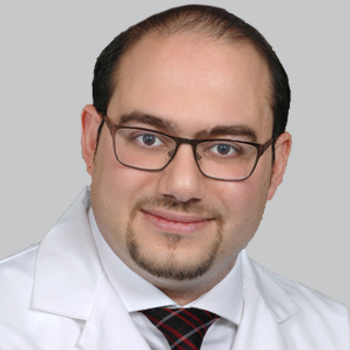
A large number of patients with MS were clustered in an area that may have had high exposure levels of aluminum, which the study investigators noted warrants future research.

A large number of patients with MS were clustered in an area that may have had high exposure levels of aluminum, which the study investigators noted warrants future research.

The professor of neurology at the University of Saskatchewan discussed the need to improve therapeutics aimed at improving neurodegeneration in patients with multiple sclerosis. [WATCH TIME: 3 minutes]

At the end of the open-label extension period, 77.5% of patients reported treatment-emergent adverse events and 27.7% had a treatment-related TEAE.
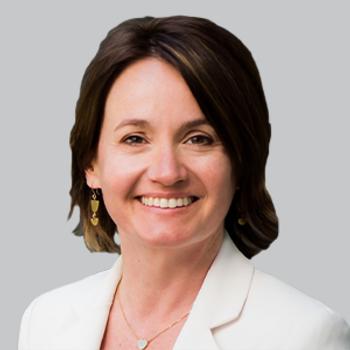
Investigators utilized a social media listening tool to evaluate and scale mentions of disease-modifying therapy use by women with multiple sclerosis, with the majority of concerns focused on safety and treatment reinitiation in the postpartum period.

Although there were no differences between herpes simplex virus types 1 and 2, patients with MS did show increased levels of EBV capsid antigen and EBNA compared with controls.

Both ozanimod doses were associated with greater median reductions in plasma neurofilament light and mean improvements in SDMT score change than interferon beta-1a at month 12 of treatment.
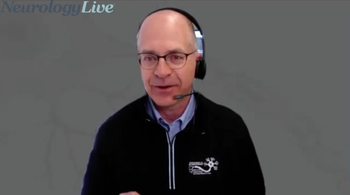
The professor of neurology at the University of Saskatchewan discussed his presentation at the 2022 CMSC Annual Meeting on using ribonucleoprotein A1 antibodies to drive neurodegeneration in multiple sclerosis. [WATCH TIME: 4 minutes]

The founder and chief medical officer of Omniscient Neurotechnology discussed how the use of machine learning and big data will be critical in revolutionizing our understanding of the brain and mental illnesses.

The FDA is set to complete its review of FT218 by June 17, 2023, and Avadel has indicated its expectation that the investigational treatment for excessive daytime sleepiness and cataplexy in adults with narcolepsy will be approved.

Data from the RAINBOWFISH study and a large-scale extension, FIREFISH, were the basis for risdiplam’s expanded indication, which now includes babies with SMA under 2 months old.

More than 60% of adolescents felt that it was more important to measure decreases in the frequency and intensity of headaches in terms of severe headaches/spikes rather than total headache days.

Stephen Krieger, MD, of the Icahn School of Medicine and Corinne Goldsmith Dickinson Center for MS at Mount Sinai, shared his perspectives on the trends in multiple sclerosis and the need to holistically treat patients to maximize brain reserve.

Emily Harrington, MD, PhD, physician-scientist at The Ohio State University Wexner Medical Center, provided thoughts on the importance of World MS Day and the issues that plague the MS community.

The professor of neurology at MedStar Georgetown University Hospital shared his perspective on the trends in thinking about the treatment of MS and how an improved understanding of underlying processes has led to a shift in the field. [WATCH TIME: 5 minutes]

Here's what is coming soon to NeurologyLive®.

Investigators identified a duration-response pattern that was also present within the strata of high vs low-medium intensity statin therapy in a cohort of more than 16,000 individuals.

Test your neurology knowledge with NeurologyLive®'s weekly quiz series, featuring questions on a variety of clinical and historical neurology topics. This week's topic is World MS Day.

Composite SOT scores—lower in patients with migraine vs controls—were moderately correlated with fear of falling, dizziness disability, kinesiophobia, and migraine frequency.

Neurology News Network for the week ending May 28, 2022.
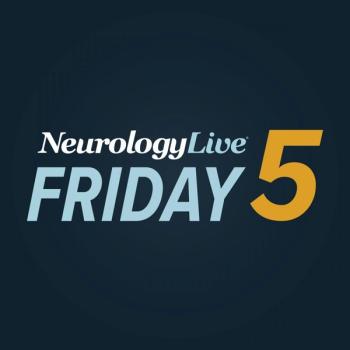
Take 5 minutes to catch up on NeurologyLive®'s highlights from the week ending May 27, 2022.
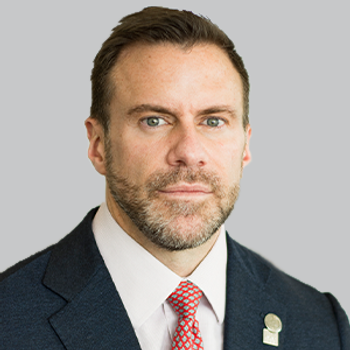
David Evans, MBA, shared his experience from this year’s event and spoke about the progress that’s been made in advocating for patients in the last several years at the AAN's Neurology on the Hill conference.
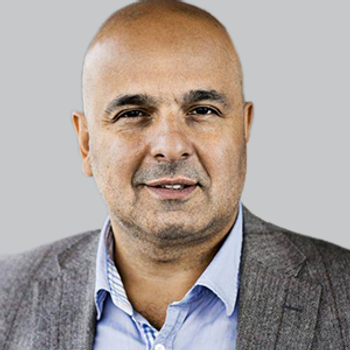
The proportion of patients who achieved an at least 50% reduction in monthly migraine days was significantly higher among those on either erenumab dose compared with placebo.

The chief of emergency medical services at Jefferson Health spoke about the operation of the Jefferson mobile stroke unit in the field, and the impact that the onset of the COVID-19 pandemic had on launching the program. [WATCH TIME: 3 minutes]

Among participants with a high dementia polygenic risk score, the 12-year cumulative incidence of dementia was 4.3% for those with hypertension compared with 2.8% for those without.

In light of Tuberous Sclerosis Complex (TSC) Awareness Month throughout May, Kari Rosbeck, president and CEO, TSC Alliance, highlights what has been done to advance TSC research and how the organization is improving the diagnosis journey, access to care, and support for families.
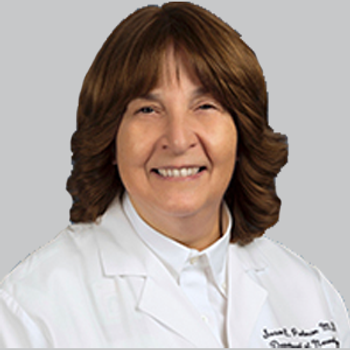
Falls, a common occurrence for patients with spinocerebellar ataxia, were significantly reduced following treatment with troriluzole after 48 weeks.

The director of the Stanford Stroke Center and Coyote Foundation Professor of Neurology and Neurological Sciences at Stanford Medical Center shared his perspective on the uptake of mobile stroke units across the United States. [WATCH TIME: 6 minutes]

Patients with relapsing multiple sclerosis who had progression independent of relapse activity were subject to global brain tissue loss similar to that of patients experiencing solely relapse activity.
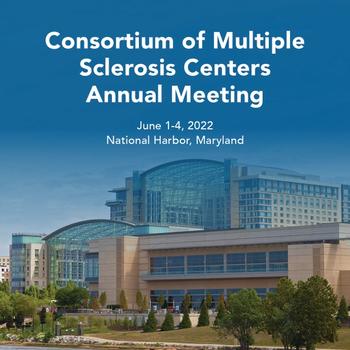
June Halper, MSN, APC-C, MSCN, FAAN, the chief executive officer of the Consortium of Multiple Sclerosis Centers, shared her perspective on what to expect from this year’s annual meeting, which takes place June 1-4, 2022, in National Harbor, Maryland.

Although neutropenic fever was common among patients, there was no significant difference between disease-modifying therapies, including those with long-lasting effects.